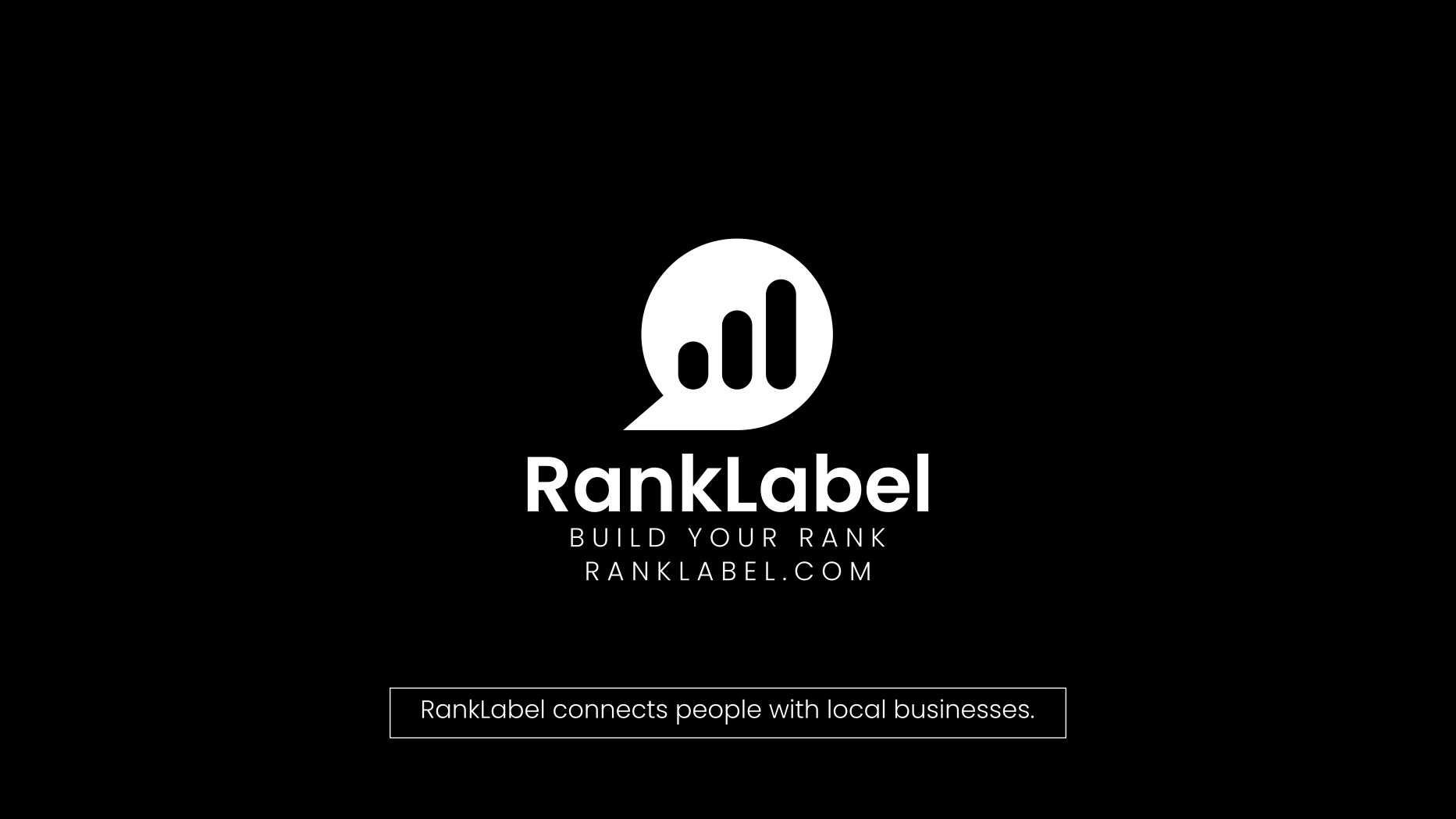The Revolutionary Impact of 3D Printing: From Mattel's Toy Innovations to Multi-Material Marvels

Remember the excitement of unwrapping a new Mattel toy? Now imagine customizing that toy to your liking right at home. This childhood dream is transforming into reality with advancements in 3D printing technology. As we delve into the realms of 3D printed prototypes, exhibitions, education, and custom additive manufacturing, let’s explore how these technologies are not just reshaping industries but also reigniting the joy of personalized creation—much like modifying your favorite Barbie's wardrobe or Hot Wheels track as a kid!
The Power of 3D Printed Prototypes in Product Development
The journey from concept to product is dramatically evolving thanks to 3D printed prototypes. This technology allows for rapid prototyping, where ideas are brought to life with precision and speed, vastly improving the development process across various industries.
Benefits of Rapid Prototyping
Rapid prototyping through 3D printing offers a multitude of benefits that streamline product development cycles. Businesses can react quickly to market changes and consumer feedback, ensuring better product outcomes and enhanced innovation capabilities.
Key Advantages of 3D Printed Prototypes:
- Increased speed in developing new products
- Higher accuracy in replicating design specifications
- Ability to test functionality and design concepts easily
- Cost reduction in materials and manufacturing processes
These advantages enable companies to perfect their designs with less financial risk and a higher success rate, reminiscent of how a child fine-tunes a building block structure until it fits their vision perfectly—echoing the creative freedom Mattel toys offer.
3D Printing's Role in Enhancing Exhibition Experiences
Exhibitions and trade shows are pivotal for companies to showcase innovations and network. 3D printing technology is revolutionizing how exhibits are created, from detailed models to entire booth setups designed for engagement and aesthetic appeal.
Transforming Exhibits with 3D Printing
Utilizing 3D printing for exhibitions not only enhances visual communication but also provides unique tactile experiences for attendees, making stands more interactive and memorable.
How 3D Printing Elevates Exhibition Booths:
- Customizable display elements tailored to specific themes
- Interactive models that engage visitors
- Quick production of replacement parts for exhibit maintenance
- Eco-friendly materials reducing the environmental footprint
Similar to how Mattel’s View-Master once offered a unique 3D viewing experience, modern 3D printing brings exhibition visuals to life, captivating audiences and providing deeper engagement with displayed products.
Advancing Education Through 3D Printing
Educational institutions are increasingly incorporating 3D printing to foster a hands-on learning environment where students can visualize complex concepts and create tangible projects.
3D Printing as an Educational Tool
From elementary schools to universities, 3D printing is a powerful tool that enhances learning by making theoretical knowledge concrete, similar to how assembling a complex Mattel puzzle can elucidate spatial and structural understanding for a child.
Applications of 3D Printing in Education:
- Creation of custom learning materials and models
- Enhanced engagement through interactive projects
- Ability to prototype engineering and design student projects
- Accessible tools for art and design courses
This hands-on approach not only deepens understanding but also sparks creativity and innovation among students, preparing them for future technological landscapes.
Custom Additive Manufacturing: Tailored, Efficient, and Innovative
Custom additive manufacturing is reshaping how products are made. By building objects layer by layer, this method allows for complex designs that are both lightweight and strong.
The Impact of Customization in Manufacturing
The shift towards customization is significant, mirroring the personalization trend seen in consumer products, like those from Mattel, where custom options often enhance the user experience.
Advantages of Custom Additive Manufacturing:
- Reduced material waste during production
- Enhanced product performance through optimized design
- Shorter lead times for manufacturing
- Ability to produce complex geometries that are not possible with traditional methods
This level of customization allows manufacturers to offer more tailored products and adapt quickly to market changes, much like how kids swap out parts on customizable toys to suit their playtime adventures.
The Cutting-Edge: Multi-Material 3D Printing
Multi-material 3D printing stands at the frontier of additive manufacturing, allowing the simultaneous use of different materials to create more functional and versatile products.
Exploring Multi-Material Capabilities
By using multiple materials, manufacturers can produce parts with varied properties, such as color, density, and mechanical strength, all within a single manufacturing process.
Impact of Multi-Material 3D Printing:
- Production of more complex and functional products
- Enhanced product aesthetics and usability
- Reduction in assembly time and costs
- Opportunity for innovation in product design and development
This advanced manufacturing technique is akin to having a toy that can change its features according to play needs, enhancing both utility and enjoyment.
Tags: 3D printed prototypes, 3D printing for exhibitions, 3D printing for education, Custom additive manufacturing, Multi-material 3D printing











